Today, Leica has announced two new full-frame L-Mount lenses for the SL-System. The Leica Summicron-SL 35mm f/2 ASPH and Leica Summicron-SL 50mm f/2 ASPH join the already outstanding roster of SL glass, offering more choices for SL users in the two most common focal lengths. The new lenses don't replace the existing and exceptional APO-Summicron-SL 35 and 50mm. Rather, they offer much lighter and compact alternatives with a more classic rendering.
Lightweight SL Lenses
At almost half the weight and 20% smaller size relative to their respective APO-Summicron counterparts, the new Summicrons clock in at a mere 400g / 13oz and just 83mm / 3.25in in length, addressing frequent requests from users for lighter weight lens options. To put the 400g weight of the new lenses into perspective, the Summilux-M 35mm f/1.4 ASPH FLE II weighs only slightly less at 350g. Quite impressive considering we're comparing a weather-sealed autofocus SL lens against a manual focus M lens with a 46mm front diameter.
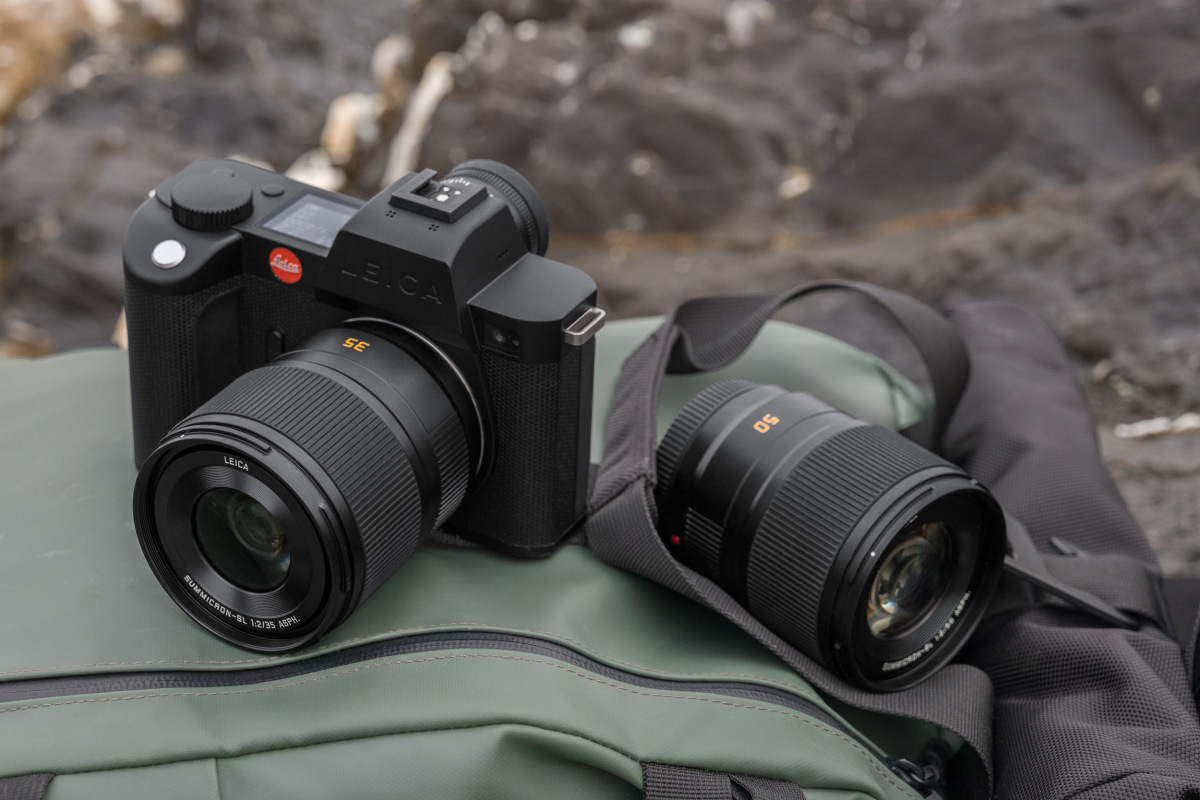
Full Featured
Just like the APO-Summicron-SL lenses, the Summicron-SL ASPH line features the same barrel dimensions between the two focal lengths, as well as sharing the E67 filter diameter across all Summicron-SL and APO-Summicron-SL models. AquaDura hydrophobic lens coating for easy cleaning comes standard, as does full weather and dust sealing. Silent linear drive focusing is quick and precise, equally suited for still or video applications. And despite their light weight, the Summicron-SL lenses are just as rugged as the heavier primes, with the same all-metal barrel construction and rubber focus rings. In order to lower the price point, Leica opted to manufacture these in their Portugal facility rather than Germany. Don't expect any sacrifice in quality though. This is the same state-of-the-art factory that produces all of the top-notch Leica Sport Optics binoculars and scopes.
Summicron-SL 35mm f/2 ASPH
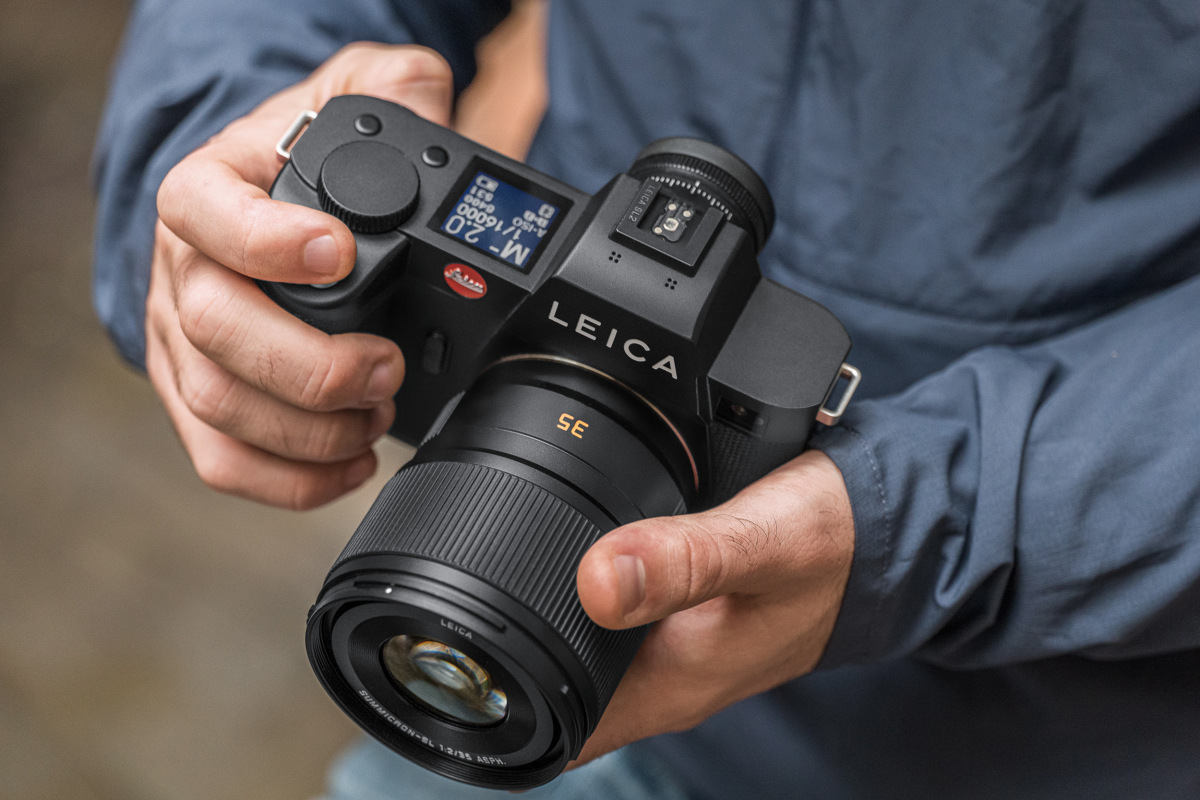
Compared to APO-Summicron-SL 35mm ASPH
| SL 35mm ASPH | APO-SL 35mm ASPH | |
| Closest Focus | 0.24 meters | 0.27 meters |
| Reproduction Ratio | 1:4.6 | 1:5 |
| ASPH Surfaces | 6 | 5 |
| Weight | 400 grams | 750 grams |
| Length | 83mm | 102mm |
| Diameter | 74.5mm | 73mm |
| Filter Size | E67 (67mm) | E67 (67mm) |
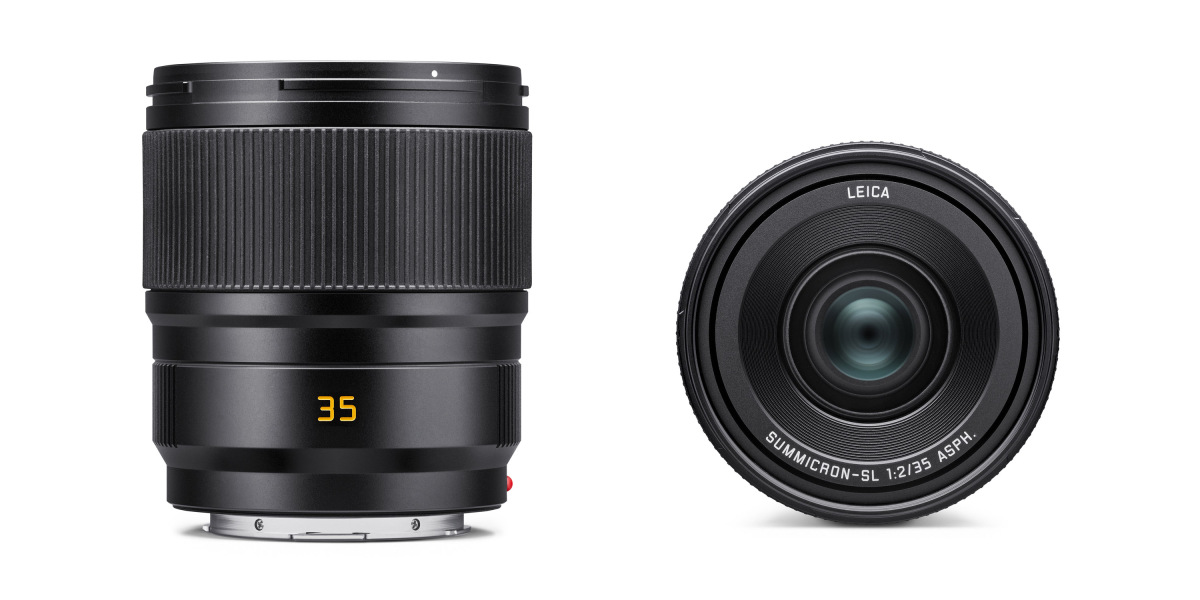
Tech Specs
| Order Number | 11192 |
| View angle (diagonal/horizontal/vertical) Full-frame (24 x 36 mm) | 63.0°/53.6°/38.3° |
| Number of lenses/assemblies | 11/9 |
| Number of aspherical surfaces | 6 |
| Position of the entrance pupil before the bayonet | 61.8mm |
| Focus range | 0.24m to infinity |
| Smallest object field | Full-frame: 110 x 165mm |
| Reproduction Ratio | 1:4.6 |
| Firmware | Lens firmware can be updated via the camera |
| Aperture Setting/Function | Electronically controlled aperture, setting on the camera, half or third values can also be set |
| Smallest aperture | 22 |
| Coating | Hydrophobic Aqua-Dura® coating on external lenses |
| Bayonet | Leica L bayonet fitting with contact strip |
| Filter thread | E67 (67mm) |
| Lens hood | Male bayonet for lens hood (included in the scope of delivery) |
| Length | Approx. 83mm/124mm (without/with lens hood) |
| Diameter | Approx. 74.5mm/82mm (without/with lens hood) |
| Weight | Approx. 400g/444g (without/with lens hood) |
| Scope of Delivery | Lens, lens hood, rear lens cap, front lens cap, lens bag |
| Material | Magnesium and aluminum full-metal housing, black anodized, dust and splash water protected |
Summicron-SL 35mm f/2 ASPH MTF Chart
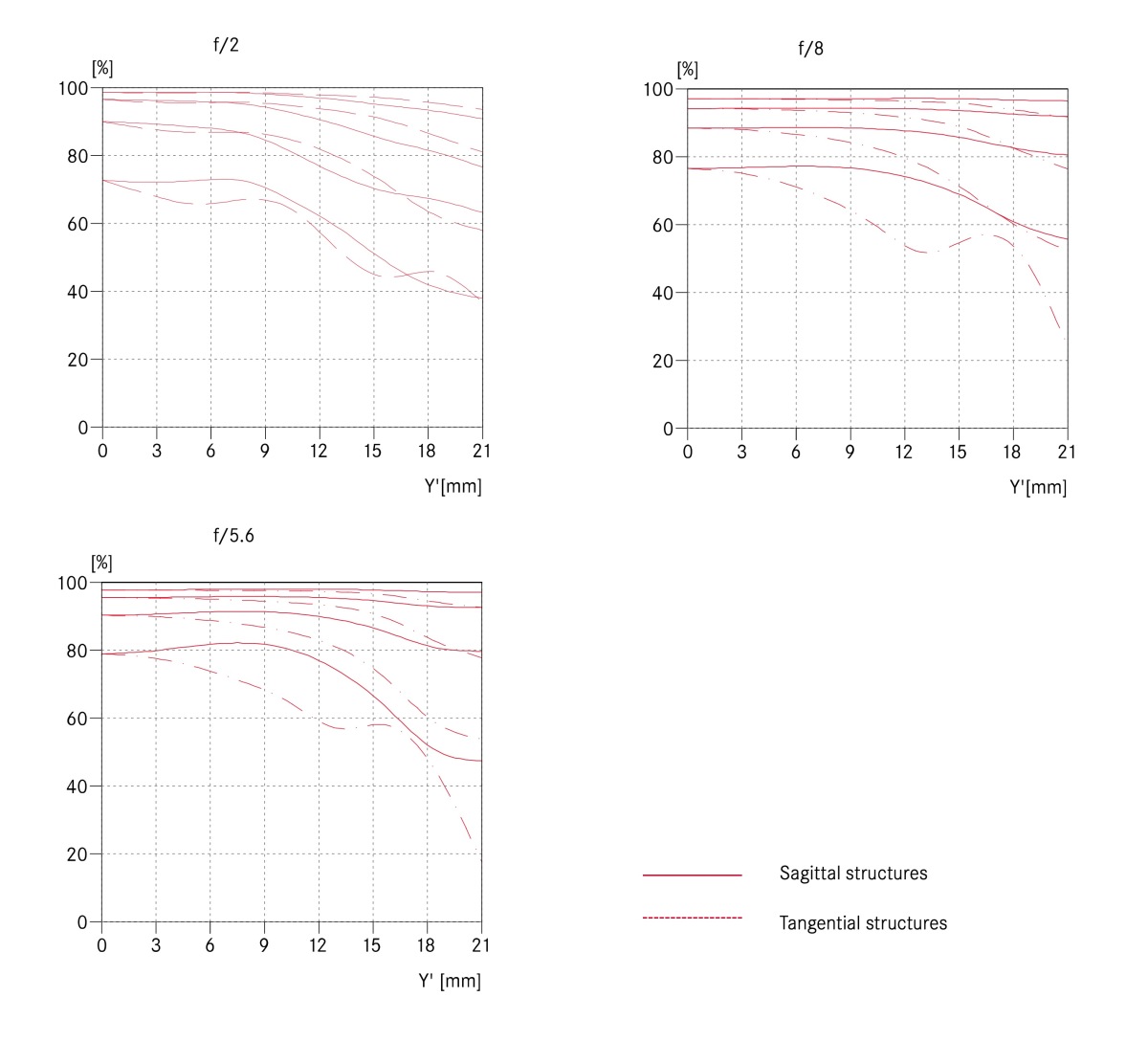
Summicron-SL 35mm f/2 ASPH
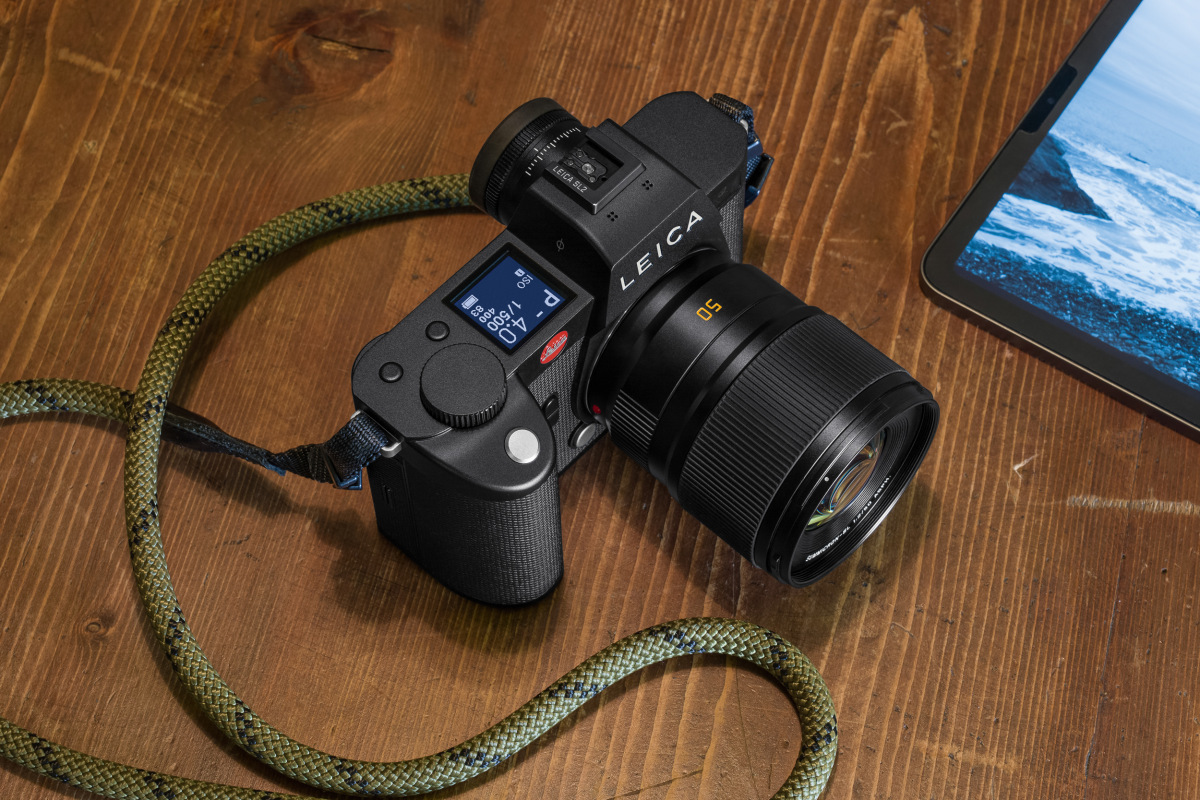
Compared to APO-Summicron-SL 50mm ASPH
| SL 50mm ASPH | APO-SL 50mm ASPH | |
| Closest Focus | 0.45 meters | 0.35 meters |
| Reproduction Ratio | 1:7.4 | 1:5 |
| ASPH Surfaces | 6 | 4 |
| Weight | 402 grams | 740 grams |
| Length | 83mm | 102mm |
| Diameter | 74.5mm | 73mm |
| Filter Size | E67 (67mm) | E67 (67mm) |
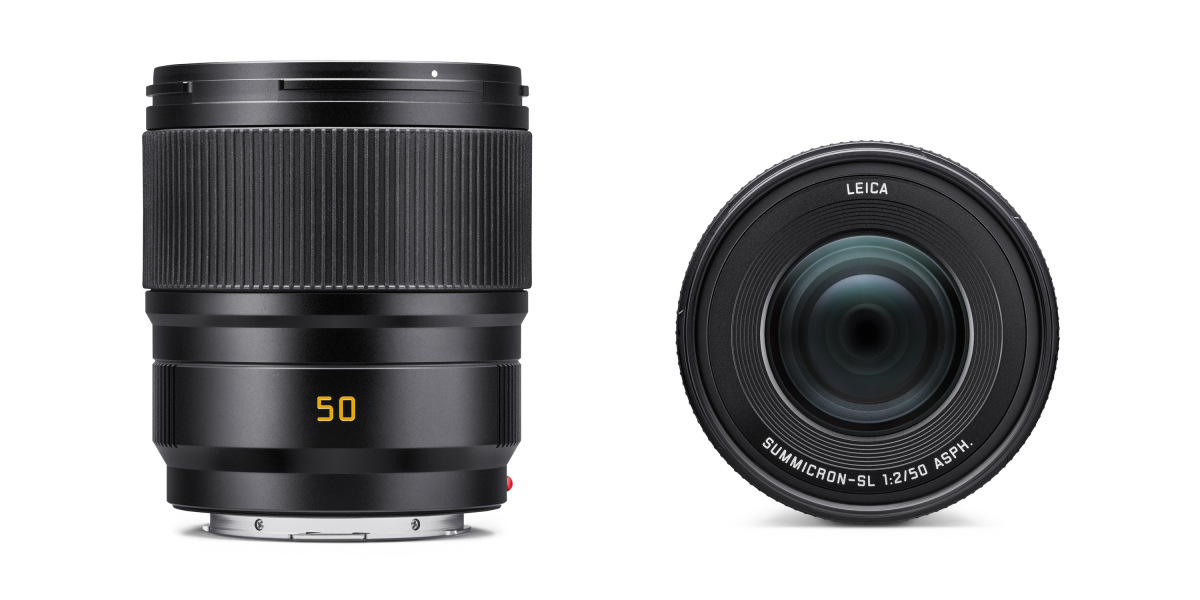
Tech Specs
| Order Number | 11193 |
| View angle (diagonal/horizontal/vertical) Full-frame (24 x 36 mm) | 47.4°/40.1°/27.4° |
| Number of lenses/assemblies | 9/8 |
| Number of aspherical surfaces | 6 |
| Position of the entrance pupil before the bayonet | 53.0mm |
| Focus range | 0.45m to infinity |
| Smallest object field | Full-frame: 177 x 265mm |
| Reproduction Ratio | 1:7.4 |
| Firmware | Lens firmware can be updated via the camera |
| Aperture Setting/Function | Electronically controlled aperture, setting on the camera, half or third values can also be set |
| Smallest aperture | 22 |
| Coating | Hydrophobic Aqua-Dura® coating on external lenses |
| Bayonet | Leica L bayonet fitting with contact strip |
| Filter thread | E67 (67mm) |
| Lens hood | Male bayonet for lens hood (included in the scope of delivery) |
| Length | Approx. 83mm/124mm (without/with lens hood) |
| Diameter | Approx. 74.5 mm/82mm (without/with lens hood) |
| Weight | Approx. 402g/446g (without/with lens hood) |
| Scope of Delivery | Lens, lens hood, rear lens cap, front lens cap, lens bag |
| Material | Magnesium and aluminum full-metal housing, black anodized, dust and splash water protected |
Summicron-SL 50mm f/2 ASPH MTF Chart
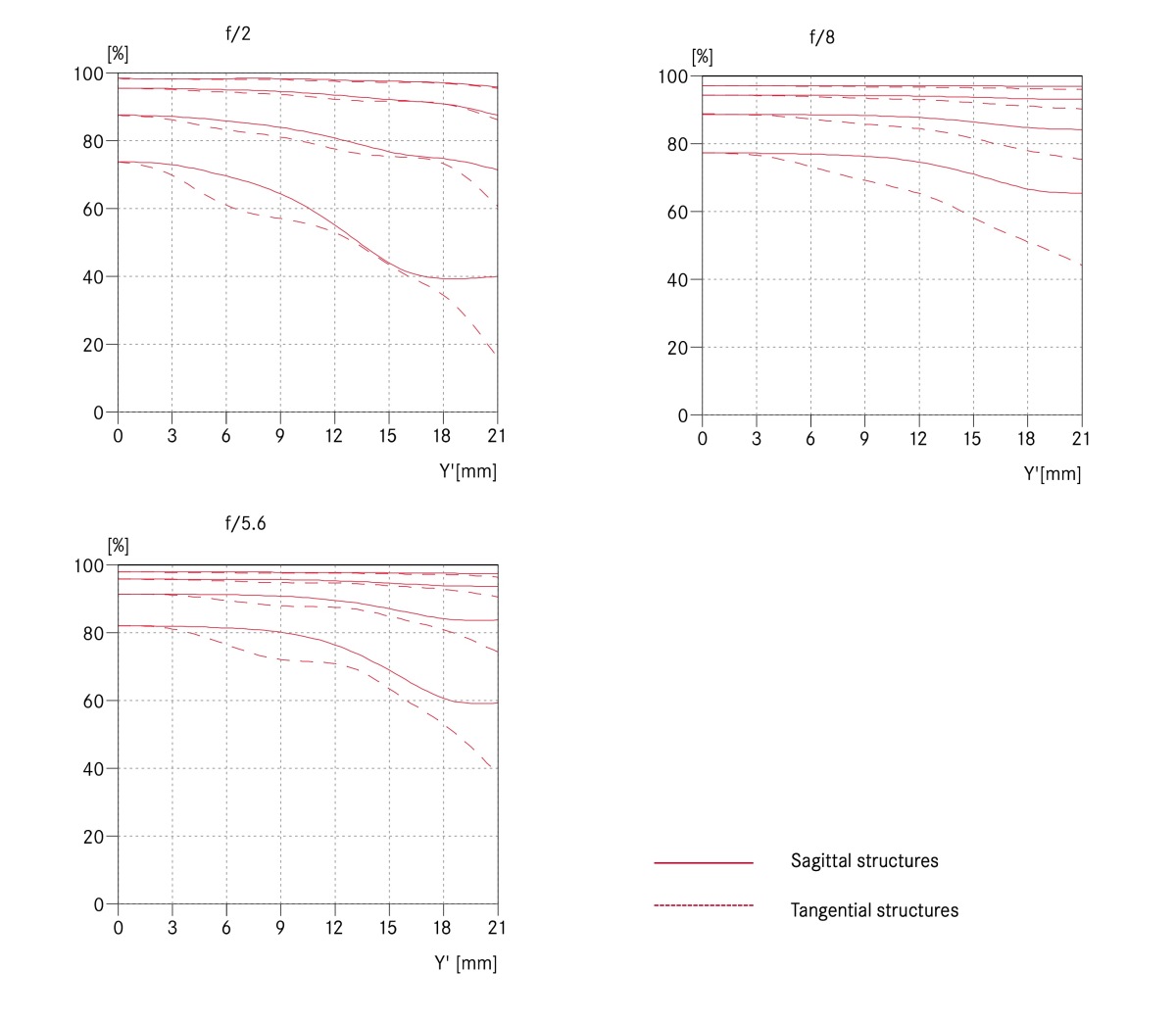
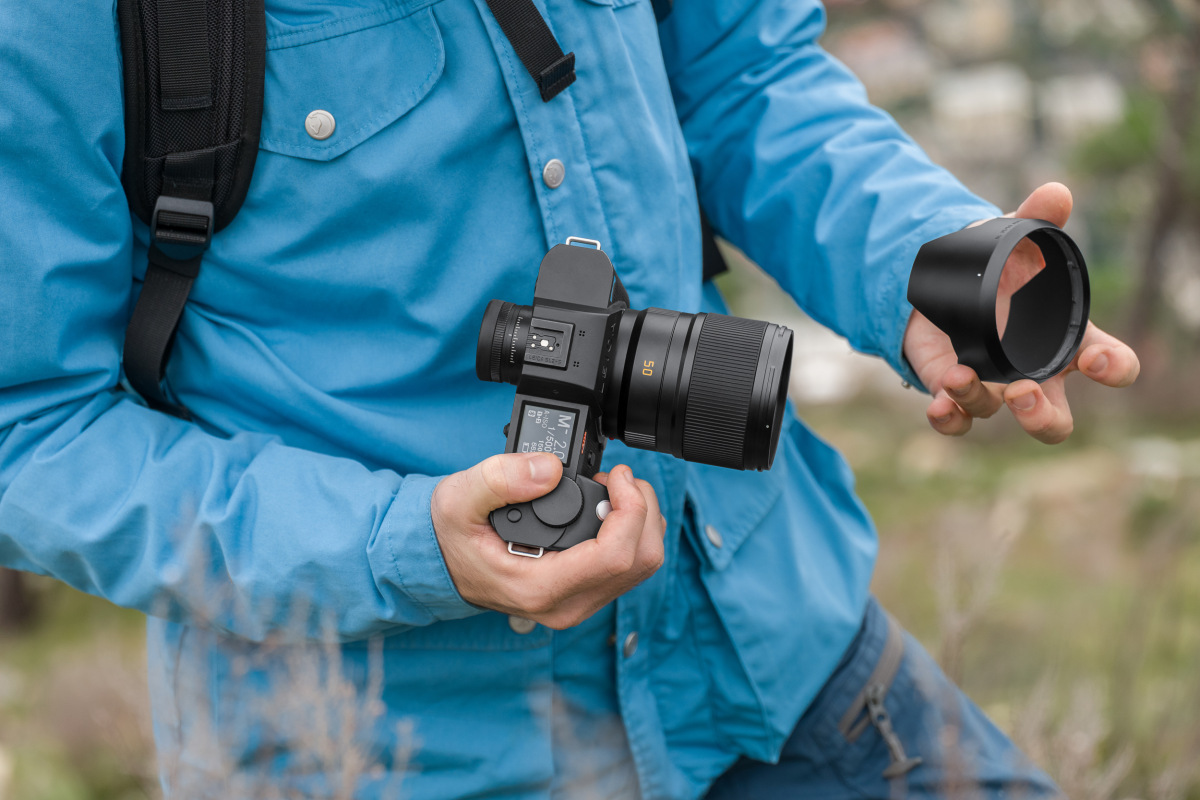
Pricing, Ordering and Availability
Initial deliveries of the new Summicron-SL lenses will start soon for a price of $2,195 for the 35mm and $1,895 for the 50mm. As with any major Leica launch supply will likely be limited for a while. If you are interested in ordering the 35mm or 50mm Summicron-SL, you can do so at Leica Store Miami by clicking the buttons below, calling 305-921-4433 or sending an email to info@leicastoremiami.com. If you are interested in trading in any other Leica equipment towards the purchase of the lens, you can note it during the pre-order process.
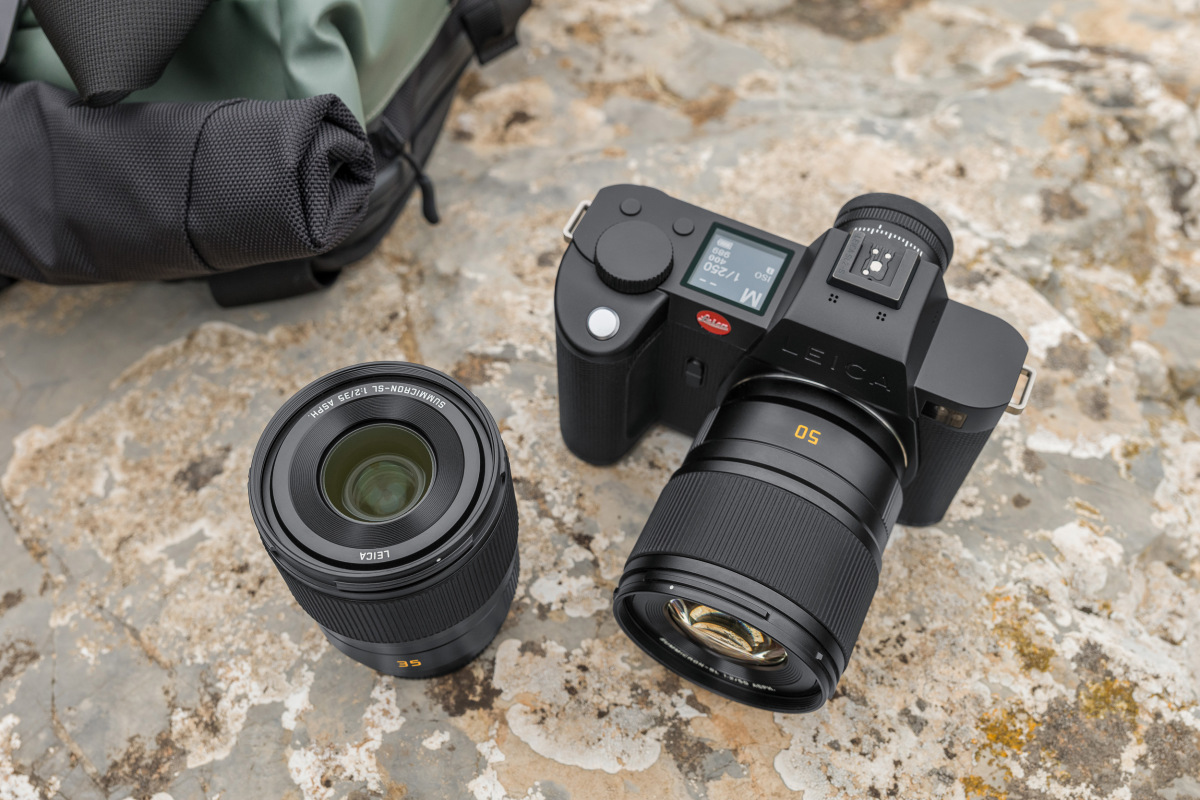

Can’t believe Leica actually did this! Amazing!!! Now they just need to make a constant aperture 16-35. Also do a summicron 28 & a 90 summicron!!
The close focus on the 35mm makes it particularly useful. I could see this as a good choice for those of us that have only the 24-70 zoom. One stop faster and half the weight with similar reproduction ratio and an affordable price.
Is this a Leica design and manufacture thru and thru? Or a rebadged/tweaked Panasonic/Sigma design? Not that there’s anything wrong with it (in a Jerry Seinfeld voice).
Thanks for this great article. However, In my humble opinion, your phrase “don’t expect any sacrifice in quality” is missleading, because we all know, it is nowhere near the performance from the APO lenses, as the image look is softer (more Canon-Like) and neither color, sharpness nor booked come close to their big APO-Brothers.
Also the sounds is more like a Canon, not a Leica. These are excellent starting lenses for people new to Leica, and imho it is amazing they reloaded them, and but any experienced Leica shooter will miss the punch of the famous Leica microcontrast (which come at a price) in their images for sure.